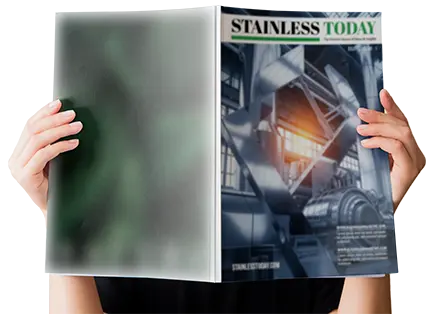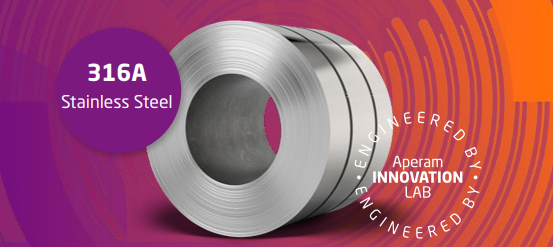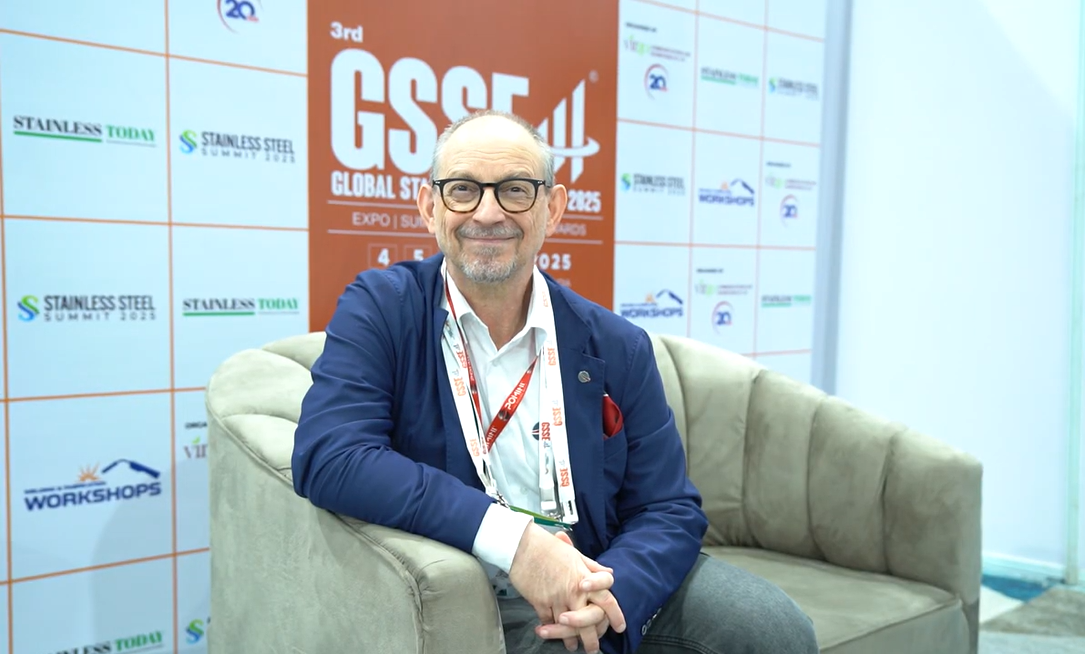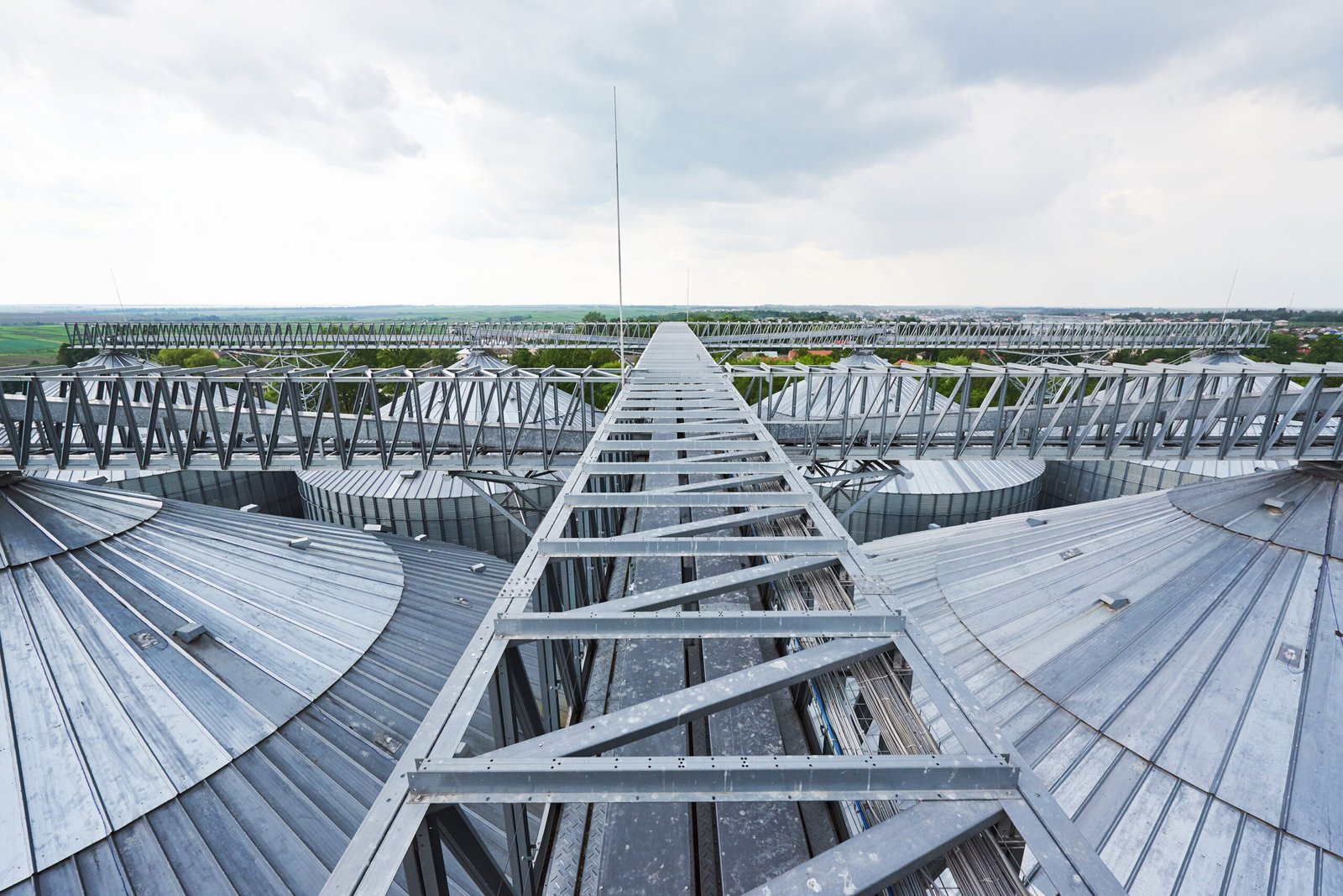Energy efficiency in stainless steel manufacturing

As the stainless steel industry strives for sustainability, innovative energy-efficient processes are helping reduce its carbon footprint and optimise production.
The production of stainless steel is an energy-intensive process, involving several stages that consume significant amounts of electricity and heat. With growing environmental concerns and stricter regulations on carbon emissions, stainless steel manufacturers are under pressure to adopt energy-efficient processes to reduce their environmental impact. These efforts not only lower energy consumption but also contribute to cost savings and improved operational efficiency.
Energy consumption
The key processes in stainless steel manufacturing include melting raw materials, refining, casting and forming. The electric arc furnace (EAF), which is commonly used to melt steel scrap, is one of the most energy-consuming stages. It requires a considerable amount of electricity to reach the temperatures needed to melt steel. Additionally, other stages such as rolling, annealing and heat treatment also demand substantial energy input, especially in the form of heat.
On average, producing one ton of stainless steel can consume between 300-600 kWh of electricity, depending on the production methods and the specific alloy being manufactured. This high energy demand has a direct impact on the industry’s carbon emissions, making energy efficiency a critical concern for manufacturers.
Innovative energy-efficient processes
To address these challenges, stainless steel manufacturers are investing in energy-efficient technologies and processes. One of the key innovations is waste heat recovery, where excess heat generated during production is captured and reused. This recovered heat can be used to preheat raw materials, reducing the need for additional energy input.
Another approach is the adoption of continuous casting processes, which eliminate the need for multiple reheating cycles, thereby cutting down on energy usage. By moving directly from casting to rolling, manufacturers can save time and energy, while also improving production efficiency.
Advanced control systems and automation are also playing a crucial role in optimising energy consumption. These systems monitor energy usage in real time, allowing manufacturers to adjust processes dynamically to reduce waste and improve overall energy efficiency.
The Path to Sustainability
As the demand for stainless steel continues to grow across industries, the push towards more sustainable and energy-efficient production methods is intensifying. By adopting these innovative processes, stainless steel manufacturers can significantly reduce their carbon footprint while enhancing their competitiveness in the market.
Energy-efficient production not only aligns with global sustainability goals but also supports the long-term viability of the stainless steel industry.










